Photographs: Courtesy, Wikipedia Commons
When it comes to steel production, some countries have a clear lead. Let's take a look at the biggest producers of steel, including India, in the world.
China
Steel production (2011): 683.3 million tonnes
Steel is an alloy that consists mostly of iron and has a carbon content between 0.2 per cent and 2.1 per cent by weight, depending on the grade.
Carbon is the most common alloying material for iron, but various other alloying elements are used, such as manganese, chromium, vanadium, and tungsten.
Biggest steel producers in the world
Image: European Union is at second place. A view of Brussels.Photographs: Courtesy, Wikipedia Commons
European Union
Steel production (2011): 177.4 million tonnes
Carbon and other elements act as a hardening agent, preventing dislocations in the iron atom crystal lattice from sliding past one another.
Biggest steel producers in the world
Image: Japan is at number three. A view of Tokyo.Photographs: Courtesy, Wikipedia Commons
Japan
Steel production (2011): 107.6 million tonnes
Varying the amount of alloying elements and the form of their presence in the steel (solute elements, precipitated phase) controls qualities such as the hardness, ductility, and tensile strength of the resulting steel.
Biggest steel producers in the world
Image: The United States is at number four. A view of Philadelphia.Photographs: Courtesy, Wikipedia Commons
The Unites States
Steel production (2011): 86.2 million tonnes
Steel with increased carbon content can be made harder and stronger than iron, but such steel is also less ductile than iron.
Biggest steel producers in the world
Image: India is at number five. A view of Mumbai.Photographs: Courtesy, Wikipedia Commons
India
Steel production (2011): 72.2 million tonnes
Alloys with a higher than 2.1 per cent carbon content are known as cast iron because of their lower melting point and good castability.
Biggest steel producers in the world
Image: Russia is at number six. A view of Moscow.Photographs: Courtesy, Wikipedia Commons
Russia
Steel production (2011): 68.7 million tonnes
Steel is also distinguishable from wrought iron, which can contain a small amount of carbon, but it is included in the form of slag inclusions.
Biggest steel producers in the world
Image: South Korea is at number seven. A view of Seoul.Photographs: Courtesy, Wikipedia Commons
South Korea
Steel production (2011): 68.5 million tonnes
Two distinguishing factors are steel's increased rust resistance and better weldability.
Biggest steel producers in the world
Image: Germany is at number eight. A view of Frankfurt.Photographs: Courtesy, Wikipedia Commons
Germany
Steel production (2011): 44.3 million tonnes
Though steel had been produced by various inefficient methods long before the Renaissance, its use became more common after more-efficient production methods were devised in the 17th century.
Biggest steel producers in the world
Image: Ukraine is at number nine. A view of Kiev.Photographs: Courtesy, Wikipedia Commons
Ukraine
Steel production (2011): 35.3 million tonnes
With the invention of the Bessemer process in the mid-19th century, steel became an inexpensive mass-produced material.
Biggest steel producers in the world
Image: Brazil is at number 10. A view of Brasilia.Photographs: Courtesy, Wikipedia Commons
Brazil
Steel production (2011): 35.2 million tonnes
Today, steel is one of the most common materials in the world, with more than 1.3 billion tons produced annually.
Biggest steel producers in the world
Image: Turkey is at number 11. A view of Istanbul.Photographs: Courtesy, Wikipedia Commons
Turkey
Steel production (2011): 34.1 million tonnes
It is a major component in buildings, infrastructure, tools, ships, automobiles, machines, appliances and weapons.
Biggest steel producers in the world
Image: Italy is at number 12. A view of Rome.Photographs: Courtesy, Wikipedia Commons
Italy
Steel production (2011): 28.7 million tonnes
Modern steel is generally identified by various grades defined by assorted standards organisations.
Biggest steel producers in the world
Image: Taiwan is at number 13. A view of Taipei.Photographs: Courtesy, Wikipedia Commons
Taiwan
Steel production (2011): 22.7 million tonnes
It is common today to talk about "the iron and steel industry" as if it were a single entity, but historically they were separate products.
Biggest steel producers in the world
Image: Mexico is at number 14. A view of Mexico City.Photographs: Courtesy, Wikipedia Commons
Mexico
Steel production (2011): 18.1 million tonnes
The steel industry is often considered to be an indicator of economic progress, because of the critical role played by steel in infrastructural and overall economic development.
Biggest steel producers in the world
Image: France is at number 15. A view of Paris.Photographs: Courtesy, Wikipedia Commons
France
Steel production (2011): 15.8 million tonnes
The economic boom in China and India has caused a massive increase in the demand for steel in recent years.
Biggest steel producers in the world
Image: Spain is at number 16. A view of Madrid.Photographs: Courtesy, Wikipedia Commons
Spain
Steel production (2011): 15.6 million tonnes
Between 2000 and 2005, world steel demand increased by six per cent. Since 2000, several Indian and Chinese steel firms have risen to prominence like Tata Steel (which bought Corus Group in 2007), Shanghai Baosteel Group Corporation and Shagang Group.
ArcelorMittal is, however, the world's largest steel producer.
Biggest steel producers in the world
Image: Canada is at number 17. A view of Toronto.Photographs: Courtesy, Wikipedia Commons
Canada
Steel production (2011): 13.1 million tonnes
In 2008, steel began trading as a commodity on the London Metal Exchange. At the end of 2008, the steel industry faced a sharp downturn that led to many cut-backs.
Biggest steel producers in the world
Image: Iran is at number 18. A view of Teheran.Photographs: Courtesy, Wikipedia Commons
Iran
Steel production (2011): 13.0 million tonnes
Modern steels are made with varying combinations of alloy metals to fulfill many purposes.
Biggest steel producers in the world
Image: The United Kingdom is at number 19. A view of London.Photographs: Courtesy, Wikipedia Commons
The United Kingdom
Steel production (2011): 9.5 million tonnes
Though not an alloy, galvanized steel is a commonly used variety of steel which has been hot-dipped or electroplated in zinc for protection against rust.
Biggest steel producers in the world
Image: Poland is at number 20. A view of Warsaw.Photographs: Courtesy, Wikipedia Commons
Poland
Steel production (2011): 8.8 million tonnes
Iron and steel are used widely in the construction of roads, railways, other infrastructure, appliances and buildings.
Biggest steel producers in the world
Image: Austria is at number 21. A view of Vienna.Photographs: Courtesy, Wikipedia Commons
Austria
Steel production (2011): 8.1 million tonnes
Most large modern structures, such as stadiums and skyscrapers, bridges, and airports, are supported by a steel skeleton.
Biggest steel producers in the world
Image: The Netherlands is at number 22. A view of Amsterdam.Photographs: Courtesy, Wikipedia Commons
The Netherlands
Steel production (2011): 6.9 million tonnes
Even those with a concrete structure will employ steel for reinforcing.
Biggest steel producers in the world
Image: South Africa is at number 23. A view of Johannesburg.Photographs: Courtesy, Wikipedia Commons
South Africa
Steel production (2011): 6.7 million tonnes
In addition, it sees widespread use in major appliances and cars. Despite growth in usage of aluminium, it is still the main material for car bodies.
Biggest steel producers in the world
Image: Egypt is at number 24. A view of Cairo.Photographs: Courtesy, Wikipedia Commons
Egypt
Steel production (2011): 6.5 million tonnes
Steel is used in a variety of other construction materials, such as bolts, nails, and screws. Other common applications include shipbuilding, pipeline transport, mining, offshore construction, aerospace, etc.
Biggest steel producers in the world
Image: Australia is at number 25. A view of Melbourne.Photographs: Courtesy, Wikipedia Commons
Australia
Steel production (2011): 6.4 million tonnes
Before the introduction of the Bessemer process and other modern production techniques, steel was expensive and was only used where no cheaper alternative existed, particularly for the cutting edge of knives, razors, swords, and other items where a hard, sharp edge was needed.
Biggest steel producers in the world
Image: Argentina is at number 26. A view of Buenos Aires.Photographs: Courtesy, Wikipedia Commons
Argentina
Steel production (2011): 5.7 million tonnes
It was also used for springs, including those used in clocks and watches.
Biggest steel producers in the world
Image: Czech Republic is at number 27. A view of Prague.Photographs: Courtesy, Wikipedia Commons
Czech Republic
Steel production (2011): 5.6 million tonnes
With the advent of speedier and thriftier production methods, steel has been easier to obtain and much cheaper.
Biggest steel producers in the world
Image: Saudi Arabia is at number 28. A view of Riyadh.Photographs: Courtesy, Wikipedia Commons
Saudi Arabia
Steel production (2011): 5.3 million tonnes
It has replaced wrought iron for a multitude of purposes.
Biggest steel producers in the world
Image: Sweden is at number 29. A view of Stockholm.Photographs: Courtesy, Wikipedia Commons
Sweden
Steel production (2011): 4.9 million tonnes
However, the availability of plastics in the latter part of the 20th century allowed these materials to replace steel in some applications due to their lower cost and weight.
Biggest steel producers in the world
Image: Kazakhstan is at number 30. A view of Almaty.Photographs: Courtesy, Wikipedia Commons
Kazakhstan
Steel production (2011): 4.7 million tonnes
Some more modern steels include tool steels, which are alloyed with large amounts of tungsten and cobalt or other elements to maximise solution hardening.

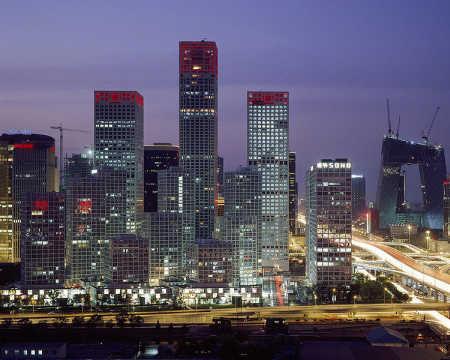
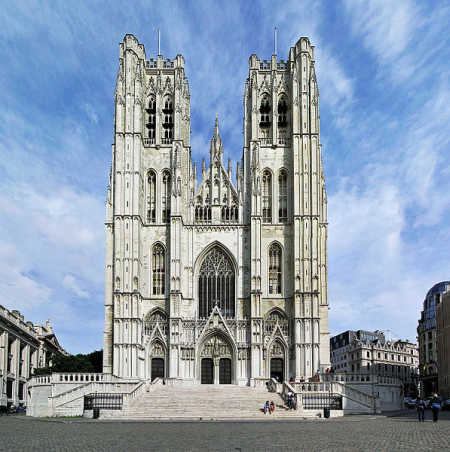


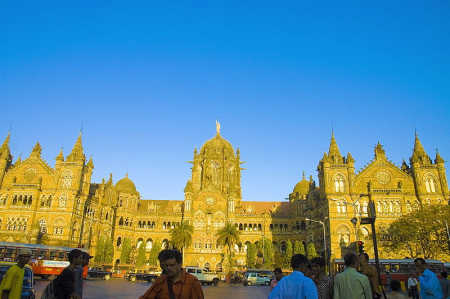
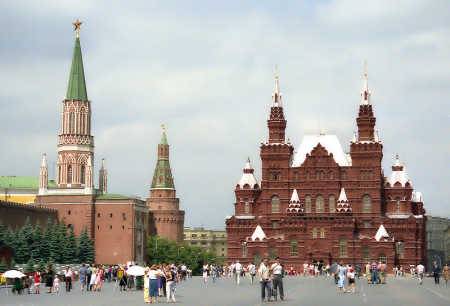


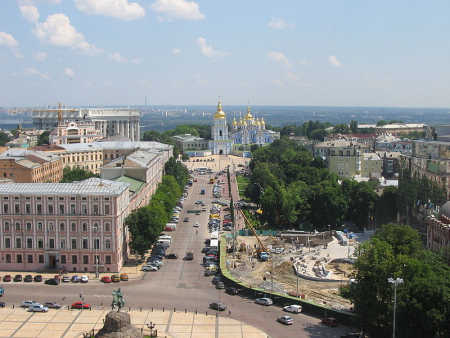
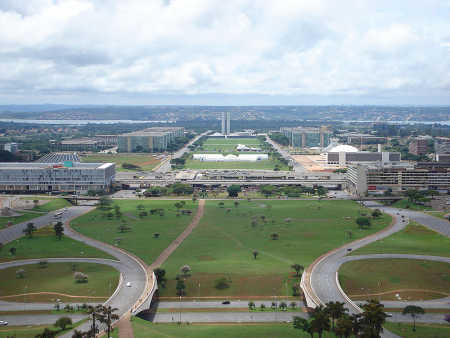
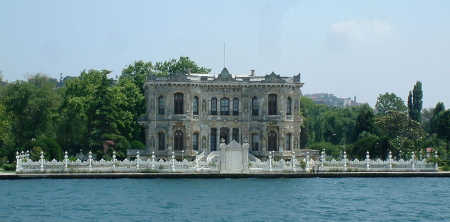


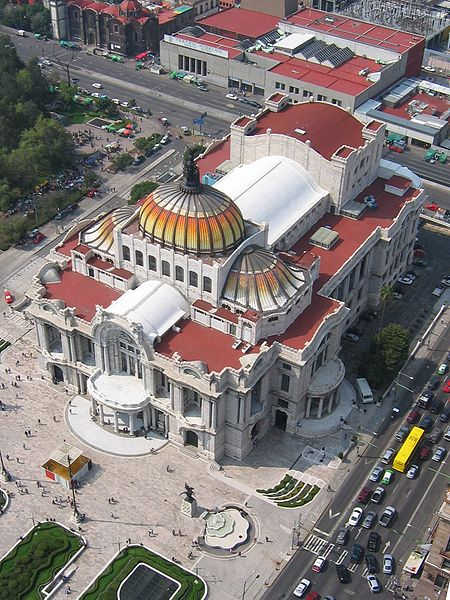

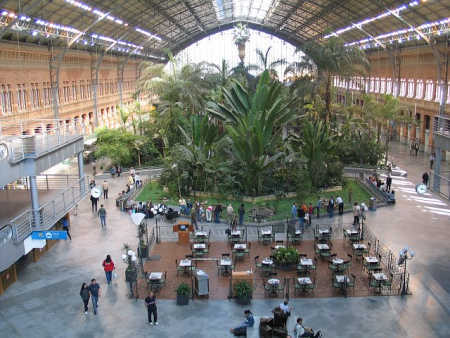
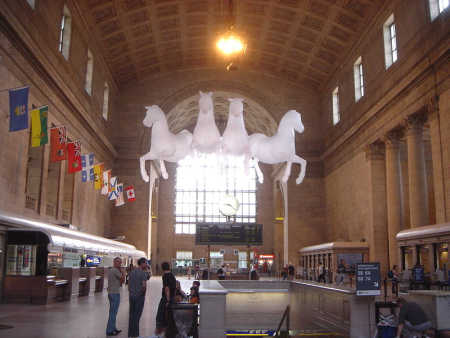
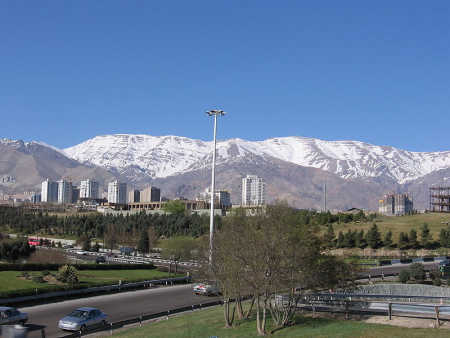
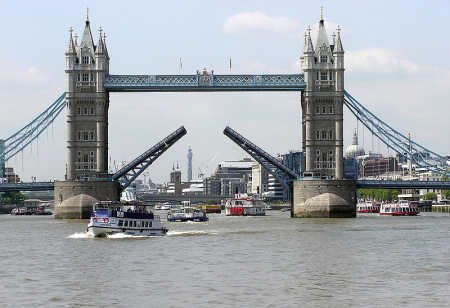
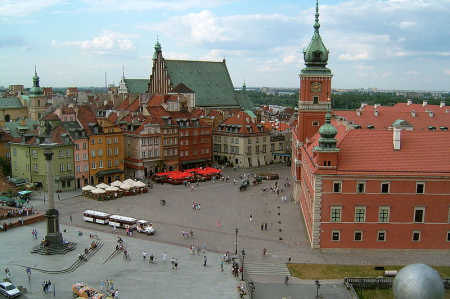
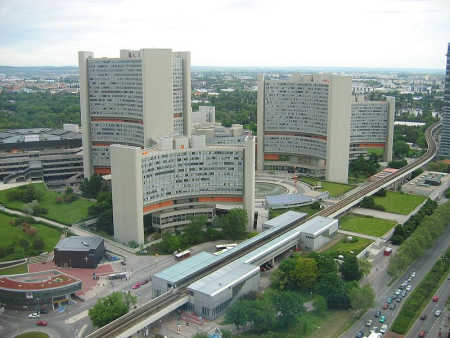
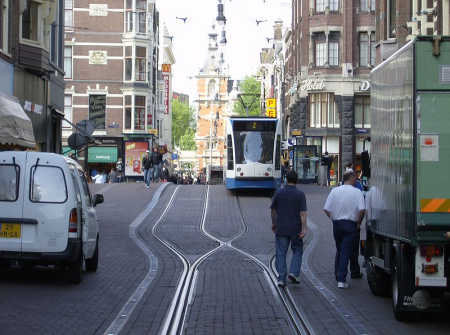

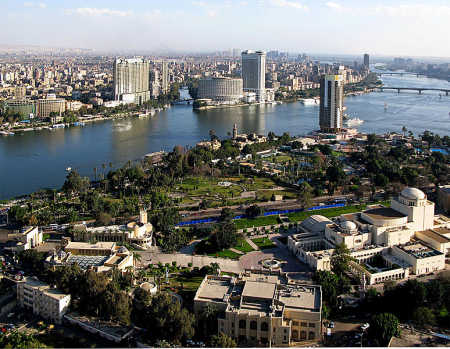
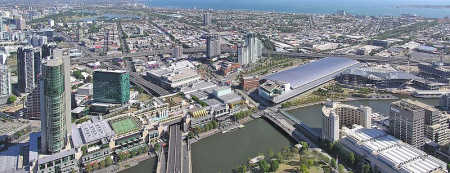

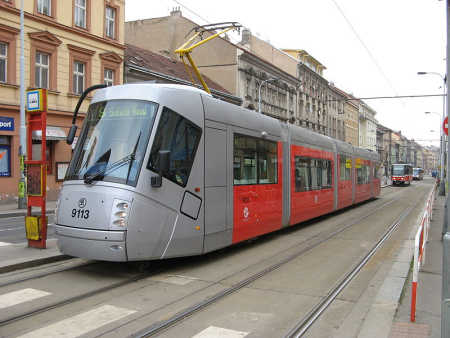
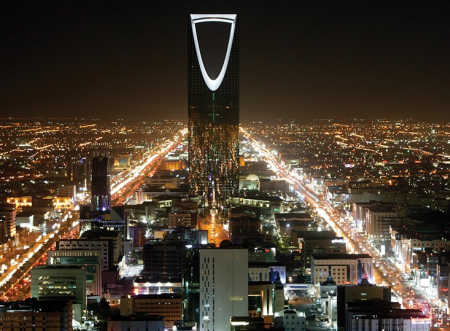
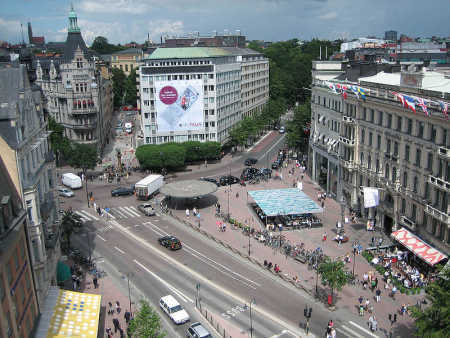

article